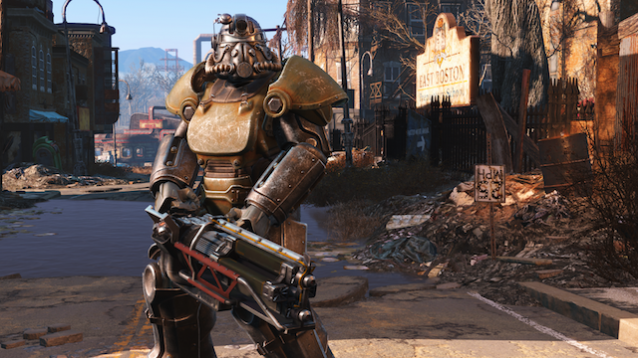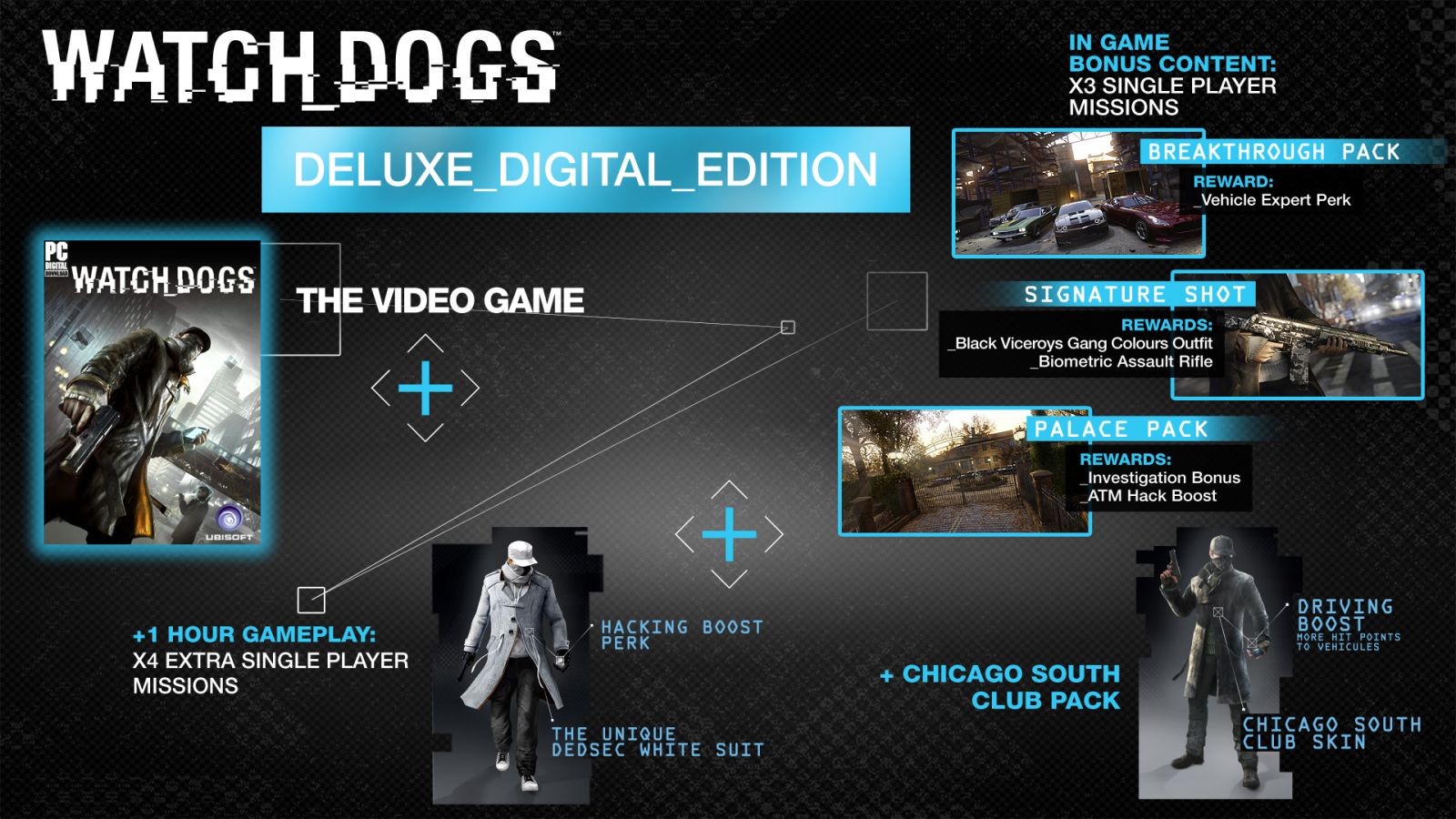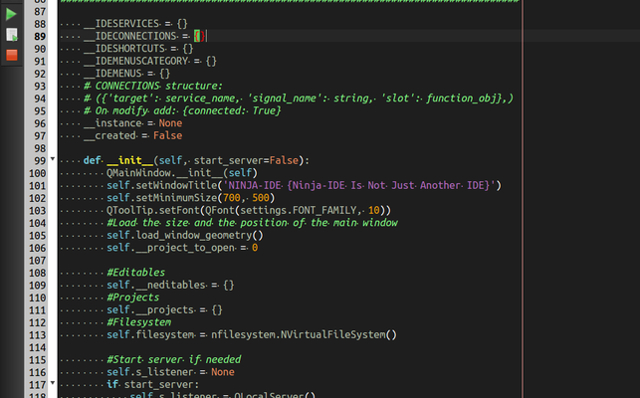


I've been looking forward to typing on the Apex M800 keyboard ever since it was first announced earlier this year. The new QS1 switches advertised for the product, an upgrade over the membrane pad-based Apex keyboard they released in July 2013, intrigued me. As you can see in my earlier review, despite that the original Apex is a membrane pad-based keyboard, I really enjoyed the experience.
More than just the Apex with mechanical switches, the keyboard's design has undergone several refinements. It is smaller than its predecessor, and the illumination system has been completely overhauled with a full 16.8 million RGB color lighting, replacing the zone-based colors of the previous Apex. The main elements it really has in common with the older keyboard are the low-profile keys and the large spacebar. Outside of that, the keyboard layout is standard.
Here are some of the Apex M800's main selling points:
Newly designed QS1 switches offering 3mm throw, 1.5mm activation, 45cN force, rated at 60 million keypresses.
Low-profile layout
Backlit keys offering 16.8 million colors
Macro editor with 6 macro keys
Multimedia controls
Dual processors for N-key rollover allowing up to 256 simultaneous key presses.
The last one's a bit unnecessary, considering most mechanical keyboards with PS/2 adaptors can perform just as well when it comes to N-key rollover, however you probably wouldn't get the sweet lighting, macro functions, or any of the other features you might find on an RGB backlit USB keyboard on one of those.
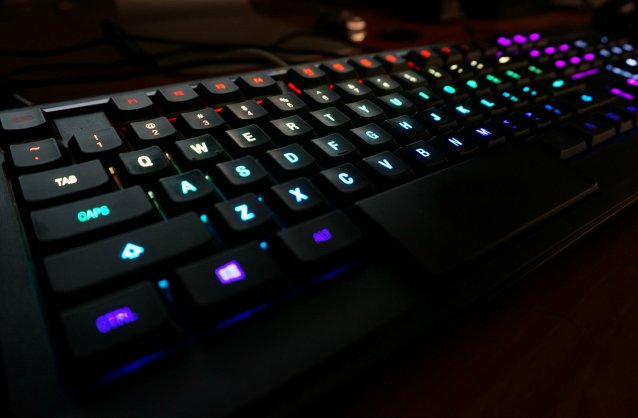
For the asking price of $199, however, you might expect a keyboard made out of materials more expensive than plastic (which some people might find 'cheap' compared to aluminum). To the Apex M800's credit, the plastic feels sturdy and appears to be solidly built.
The keyboard is fairly heavy compared to regular membrane keyboards and weighs slightly over 3 lbs. Combined with the large round rubber feet beneath the keyboard, you can rest assured that the keyboard will never inconveniently glide on your desktop or lift off in particularly heated moments of gaming. The Apex M800 is designed for stability.
The rear rubber feet are even swappable for a taller pair if you wish to increase the height. Unlike regular plastic feet, the rubber feet won’t snap off if you apply pressure to the keyboard.
The keyboard takes up two USB 2.0 ports but it more than makes up for it by offering two USB 2.0 ports at the back of the keyboard for easy access to external hard drives and other peripherals (I have my PlayStation 4 controller plugged into one socket).
To give you some idea of what typing on it feels like, I'd say it feels like typing on a Cherry MX Black keyboard but with keys that are low-profile. If you've never typed on a Cherry MX Black keyboard but have used Browns, Blues, or in the case of Razer's new keyboard, the Blackwidow Chroma, Kailh Greens, then it's a lot like typing on one of those keyboards minus the tactile bump that lets you know a key press has been registered, which I’m fine with given that the keys bottom out easily due to the shorter travel distance of the QS1 mechanical key switches. Personally, I don't really miss the tactile bump or the clickyness of Cherry MX Blues or Kailh Greens.
Typing on the Apex M800 also sounds extremely soft in comparison to other mechanical keyboards due to its newly designed QS1 switches. You won't bother anyone in the office with these keys.
By my personal estimate, typing on the QS1 keys does feel slightly faster than Cherry MX keyboards and their clones—and I'm prone to making less typing errors. I attribute the speed and accuracy to the low-profile keys. Maybe it's because I'm used to typing on a Macbook and generally appreciate low-profile keys over regular keys, but I like it.
The Apex M800's official website writes: "The keyboard is built at a low angle and with an optimally designed linear key layout that cuts down on finger travel distance. This allows for seamless, quick transitions between keys and across the keyboard for less fatigue on your poor fingers no matter how furiously they fly."
Hyperbole about flying fingers aside, I'm rather inclined to agree with their statement. It's good for gaming and typing.
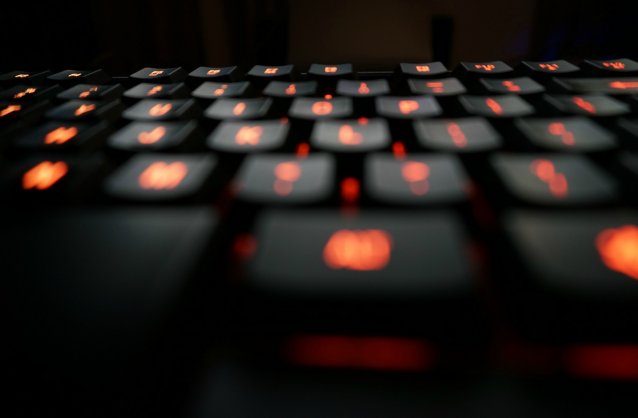
If you're not a Windows user, there are additional keys that come with the keyboard that allow you to swap out the windows, alt, and control keys for a set of keycaps with Apple standard symbols on them.
Additional functionality is enabled through the Function (fn) key that when held down causes the special function keys on F5 to F12 to light up in red, signifying their use. You can adjust the volume, pause and play music, skip to previous or next tracks, or raise and lower the brightness of your keys through their use.
Wrapping up the Apex M800 package are its full n-key rollover and anti-ghosting features, with which you will no longer have the problem of being limited to pressing only a few keys at a time. The N-key rollover supports up to 256 simultaneous key presses. Making all of this possible are two ARM M0 processors on the keyboard that handle the keyboard's 16.8 million color lighting effects as well as keystrokes.
Users can control the keyboard's illumination through the use of the SteelSeries Engine 3 software that's downloadable from the product's official website. The software, in my experience, is less complicated to use than the Synapse software Razer offers, or the obnoxiously buggy Corsair software for the K65/K70. Users can control every aspect of lighting in the software, as well as program macro keys. Overall, the software is a lot easier to use than its counterparts from Razer and Corsair packed with features that will please almost anyone.
The software comes with about a dozen premade illumination templates that look great, as you can see in the video below.
There are a few drawbacks. The keyboard uses non-standard switches that keyboard customizers will find frustrating, as it won't be possible to use your expensive PBT keycaps designed for Cherry MX keyboards on the Apex. It's also very expensive, as I mentioned before.
Overall, the SteelSeries Apex M800 is a fantastic keyboard that's unfortunately paired with a steep asking price that may put it out of the range of many gamers—but that's also true for most RGB backlit mechanical keyboards. If you're willing to spend the money, the QS1 switches it sports are a real joy to type on, and the added illumination effects will improve the look of any desktop. It has a home on mine.

